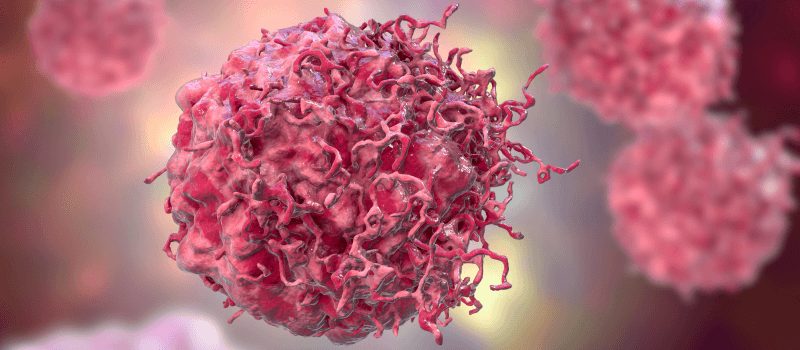When it comes to health, terms like "neoplasm" and "cancer" are often used interchangeably, which can lead to confusion. However, they are not the same. Understanding the difference between neoplasm and cancer is crucial for anyone seeking to navigate the complexities of medical terminology and diagnoses.
What is a Neoplasm?
A neoplasm, commonly referred to as a tumor, is an abnormal growth of tissue. This growth results from cells dividing more than they should or not dying when they should. Neoplasms can develop in any part of the body and vary in size, shape, and behavior.
Types of Neoplasms:
- Benign Neoplasms: These are non-cancerous growths. They grow slowly, do not spread to other parts of the body, and are usually not life-threatening. Examples include lipomas (fatty tissue growths) and fibroids (benign growths in the uterus).
- Malignant Neoplasms: These are cancerous growths. Malignant neoplasms grow rapidly, invade nearby tissues, and can spread to other parts of the body through a process known as metastasis. This type of neoplasm is what people typically refer to as cancer.
- Premalignant Neoplasms: These growths are not yet cancerous but have the potential to become malignant if not treated. An example is dysplasia, where cells look abnormal under a microscope but are not yet cancerous.
What is Cancer?
Cancer is a type of malignant neoplasm characterized by uncontrolled cell division that invades surrounding tissues and has the potential to spread throughout the body. While all cancers are neoplasms, not all neoplasms are cancerous. Cancer can develop in almost any organ or tissue, such as the lung, breast, colon, or skin.
Key Characteristics of Cancer:
- Uncontrolled Growth: Cancer cells divide uncontrollably, forming a mass or tumor that can grow large and disrupt normal body functions.
- Invasion: Cancer cells can invade and destroy the surrounding healthy tissue, contributing to organ failure.
- Metastasis: Cancer cells can break away from the original (primary) tumor, travel through the bloodstream or lymphatic system, and form new tumors (secondary) in other parts of the body.
Neoplasm vs. Cancer: The Key Differences
- Nature of Growth:
- Neoplasms include both benign and malignant growths, while cancer specifically refers to malignant neoplasms.
- Behavior:
- Benign neoplasms are non-invasive and do not spread, whereas cancer is characterized by its ability to invade and metastasize.
- Treatment Approach:
- Benign neoplasms may only require monitoring or surgical removal, while cancer typically requires more aggressive treatment, including surgery, chemotherapy, radiation therapy, or targeted therapy.
- Prognosis:
- Benign neoplasms usually have a good prognosis as they are not life-threatening. Cancer, on the other hand, can be life-threatening and requires immediate and often extensive treatment.
Diagnosing Neoplasms and Cancer
Diagnosis often involves several steps, including:
- Imaging Tests: X-rays, CT scans, MRIs, and ultrasounds help visualize the neoplasm.
- Biopsy: A sample of the neoplasm is taken and examined under a microscope to determine if it is benign or malignant.
- Blood Tests: Certain cancers release substances into the bloodstream that can be detected in blood tests.
Conclusion
Understanding the difference between neoplasm and cancer is crucial for making informed health decisions. While the term neoplasm encompasses all abnormal tissue growths, cancer specifically refers to those that are malignant, invasive, and potentially life-threatening. If you find out you have a neoplasm, you should talk to a doctor to understand what it means and what to do next.
By recognizing the distinctions between these terms, you can approach medical diagnoses more clearly and take proactive steps to manage your health.
